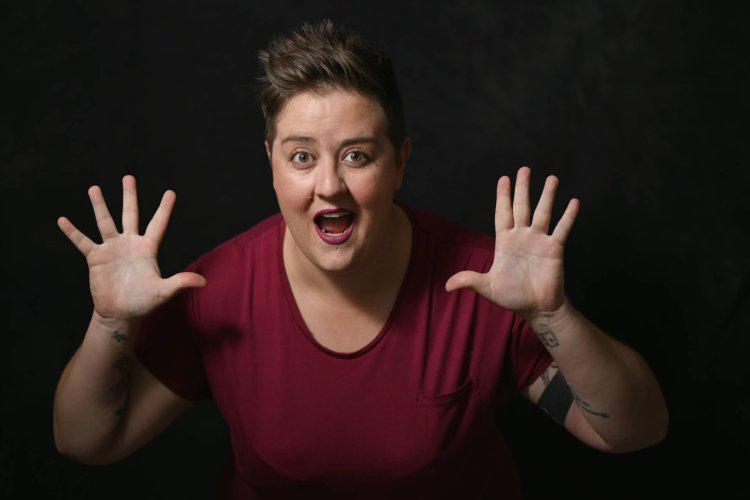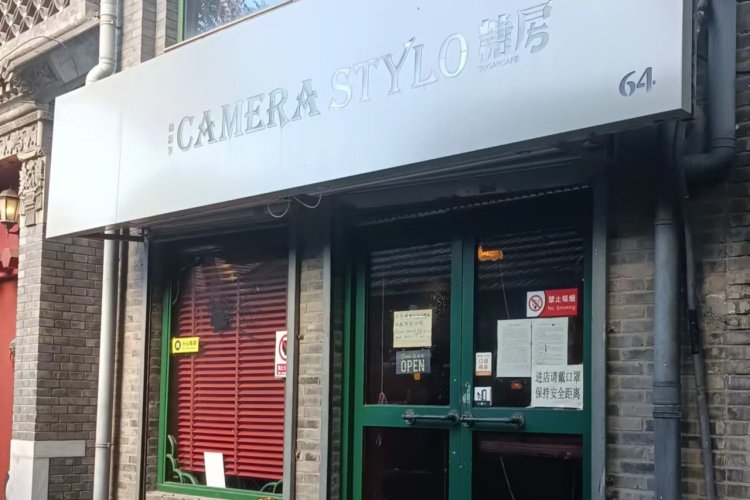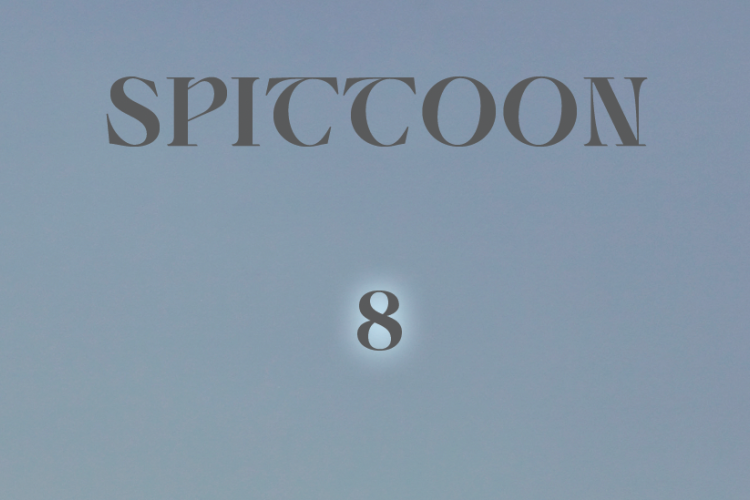Sugar and Spice and a Whole Lot of Rice ... That’s What Fuchsia Dunlop Is Made of
It’s fitting that a woman with a name that evokes bright red and an ambrosial aroma would find her calling as a Chinese chef. Meet Fuchsia Dunlop. The spirited young Englishwoman has a healthy obsession with Chinese cuisine, and a talent for writing about it.
Her two cookbooks, Land of Plenty and The Revolutionary Chinese Cookbook, which showcase Sichuanese and Hunanese recipes respectively, have become wildly successful in the West. Dunlop is known as much for her mouthwatering renditions of Chinese recipes as for her inclusion of the history and culture that surrounds the dishes. From her cookbooks, it appears Dunlop is well aware that a true taste of China extends far beyond its food. Dunlop has just published her third book, Shark’s Fin and Sichuan Pepper: A Sweet-Sour Memoir of Eating in China, available at The Bookworm and bookstores across town.
the Beijinger: What sparked your interest in Chinese cuisine?
Fuchsia Dunlop: My first visit to Chengdu in 1993. The food I tasted was so delicious, I decided to go and live in the city. The first meal I ever had there, in a cheap little place near Xinnanmen bus station that was demolished long ago – that lunch was one of the reasons I decided to go and live in Chengdu. When I arrived there the following year I became more and more enraptured by what I was eating, and without even thinking about it I started asking people to let me into their kitchens to learn.
tbj: What was your apprenticeship at the Sichuan cooking school like?
FD: The whole experience was pretty extraordinary! I was thrown into a full-time chefs’ course with about 50 young Sichuanese men, and only three women, and it was all taught in Sichuan dialect. We made everything from scratch, and had to kill our own fish for some recipes. When it was my turn to cook, I had to take the wok in the middle of a scrum of nine jeering, teasing classmates who I knew would be only too delighted if I failed!
tbj: Is there any such thing as truly “authentic,” or should a chef always lend a dish a personal touch?
FD: It’s almost impossible to define exactly what “authentic” is. I think it’s entirely natural that what you cook on a daily basis is influenced by where you are, what season it is, what produce is available, and who you are cooking for. I’m always trying to report faithfully from the place I’m writing about, documenting food traditions as accurately as I can and not adding any personal touches.
tbj: What "exotic" ingredients were you most surprised to find you had a liking for?
FD: I was most surprised to notice that I was actually enjoying eating slithery, gelatinous and rubbery delicacies that have no inherent flavor and are eaten mainly for their “mouthfeel.” These foods are baffling in terms of Western gastronomy, and they were baffling to me when I first came to China. But now I really like eating goose intestines, sea cucumber, jellyfish and so on.
tbj: What makes a good cook?
FD: Love, generosity, presence and a good palate.
Fuchsia’s Top 3 Cookbooks
Classic Chinese Cuisine – Yan-kit So
Fuchsia says: “This book is great especially, but not only, for beginners. Yan-kit So was a wonderful cook (she was a native of Hong Kong who lived in London), and a scrupulous writer and recipe-tester. I cooked my first Chinese recipes from this book.”
Originally printed in 1984, Yan-Kit So’s book has stood the test of time. In addition to recipes that range from simple (Steamed Trout with Black Beans and Garlic) to not even close to simple (Duck Stuffed with Glutinous Rice), the book covers basic methods on knife techniques, stir-frying and other Chinese kitchen essentials.
Essentials of Classic Italian Cooking – Marcella Hazan
Fuchsia says: “Marcella Hazan for a bit of escapism! I love her recipes.”
Twenty years ago, Hazan’s first Italian cookbook emerged in kitchens across the world, establishing her as a true international authority on Italian cuisine. This new edition combines recipes from Hazan’s two classic cookbooks into one tome that is refreshingly healthy – many dishes are low-fat and no cholesterol. While there are some unusual dishes (like the polenta shortcake), the essentials are given their proper dues, with detailed instructions on preparing fresh pasta, gnocchi, risotto, frittate and polenta dishes.
The New Book of Middle Eastern Food – Claudia Roden
Fuchsia says: “Claudia Roden is one of my food-writing heroes, and my mother often cooked from this book when I was growing up.”
Born and raised in Cairo, Roden is quite the authority on Middle Eastern cuisine. This updated and expanded version of her 1972 The Book of Middle Eastern Food includes great recipes for dishes from places like Iran, Morocco, Syria and Turkey, uncovering all the many disguises of the chickpea and the eggplant as well as revealing how simple it is to make your own yogurt – as long as you know the exact temperature at which milk turns to yogurt.






